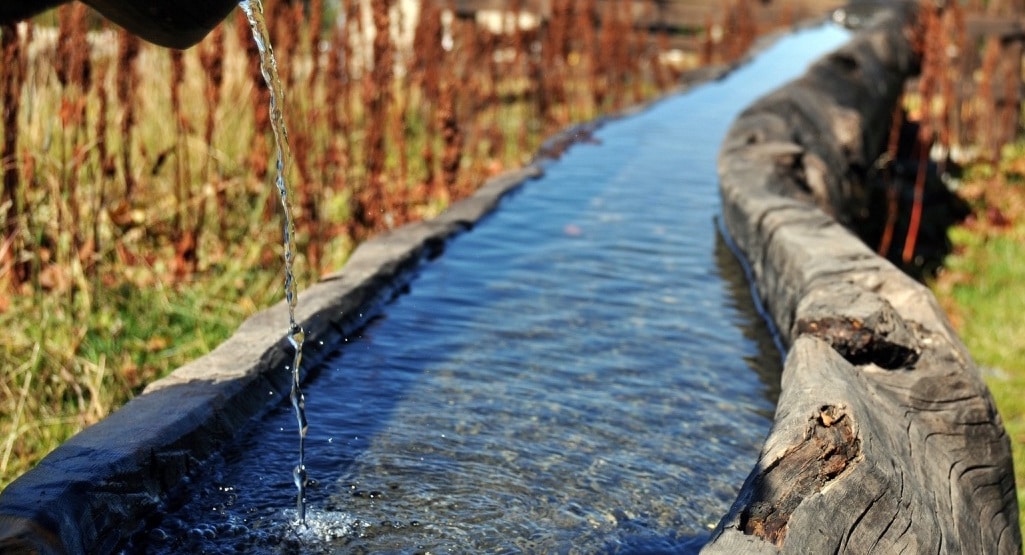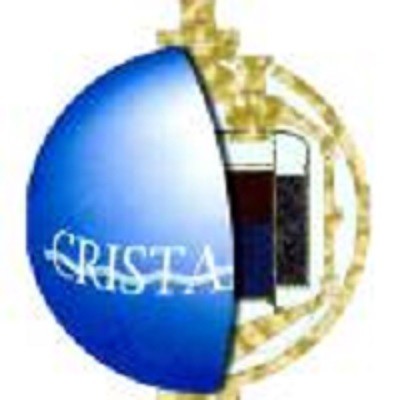It is in ancient Egypt that the first evidence of the use of vegetable coal as a water filtration material is found.
It was mainly from 1700 that the use of coal spread to us. Water tanks are then made of burned wood, used by wealthy landowners to contain water. This conservation method was also used in the shipping industry. It kept water safe and cool.

In 1704, the technique of cooking in a vacuum, invented to produce the coal of Garais (or charcoal), becomes the basis of the process (still used today) to allow the «activation» of the coal (coal of Belloc). This revolutionary technique significantly increases the number and quality of pores during the cooking process. Cooking takes place at a temperature between 700 and 1000 C°. The charcoal is fired in a closed (no air) vase by adding heated mineral gas (lignite or other) (as regards the activation of the charcoal from coconut intended for the filtration of drinking water).
At the end of the process, the pore surface represents the equivalent of one football field per gram of material.
Chemist Karl Wilhelm Scheele first examined the gas absorption properties of charcoal in 1773. As a result of his observations, charcoal was also used to remove odours.
It was a century later that a French chemist succeeded in demonstrating the action of coal on toxins. To do this, he publicly swallowed a vial containing 5 grams of arsenic trioxide, enough to kill 150 men. He was supposed to die within a few minutes, but he continued to go about his business quietly.
A similar experiment was conducted in 1831 by the pharmacist Pierre-Fleurus Touéry before the French Academy of Medicine. His work focused on animal charcoal. He swallowed vomit nuts (strychnine), (10 times the lethal dose) and remained calm and relaxed. To the general amazement, he did not manifest any trouble, thanks to the charcoal animal which he had swallowed at the same time.
Other experiments were conducted on humans. At the same time, coal was used for the purification of odours from public sewer pipes.
It was in 1873 that the vegetable charcoal began to be distributed in pharmacies. The range expanded with the invention of activated coal and then super activated coal.
Since then, many patents have been registered. All of these manufacturing processes are called “activated carbon”.
 Natural and ecological water treatment
Natural and ecological water treatment
Natural and ecological water treatment
Natural and ecological water treatment